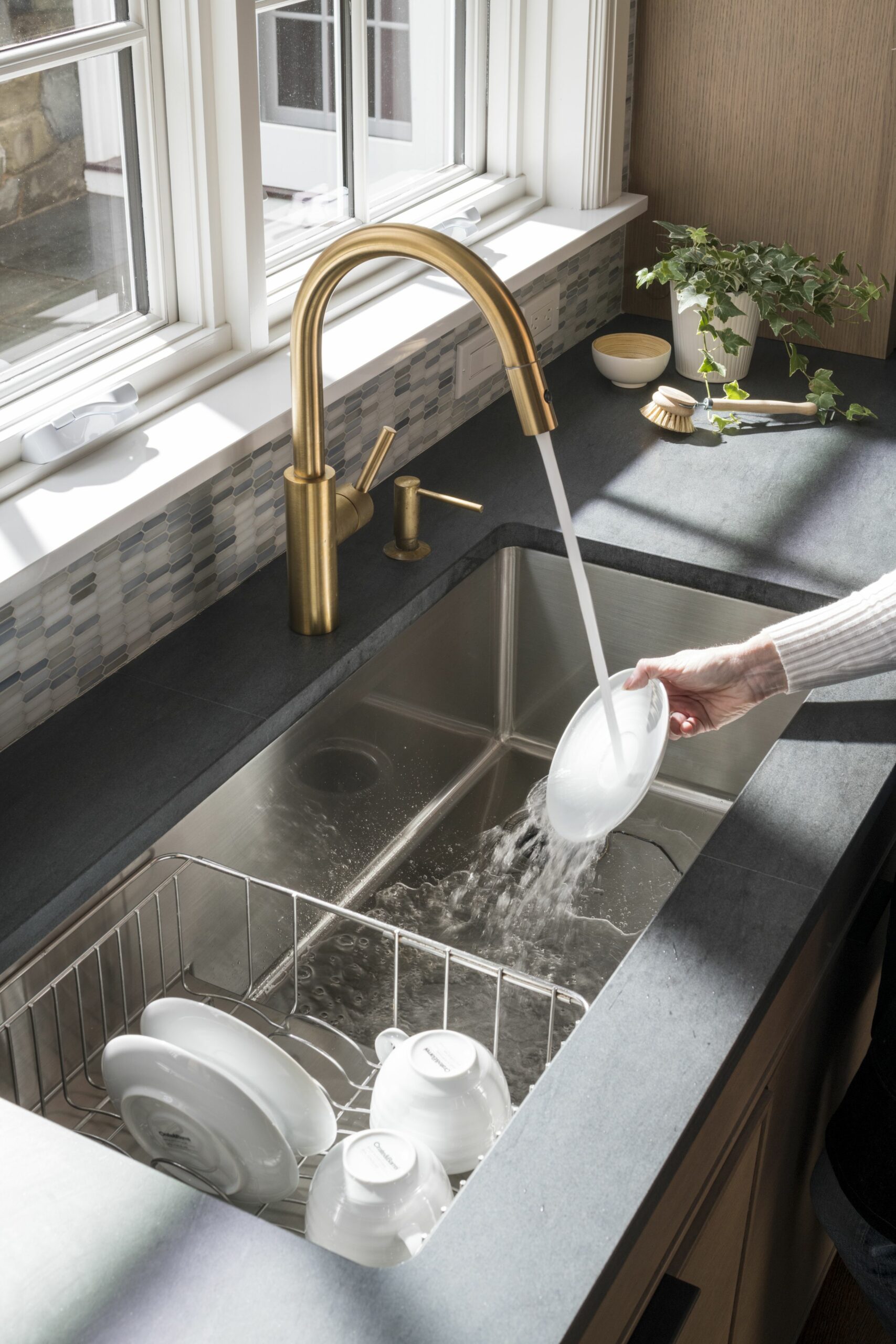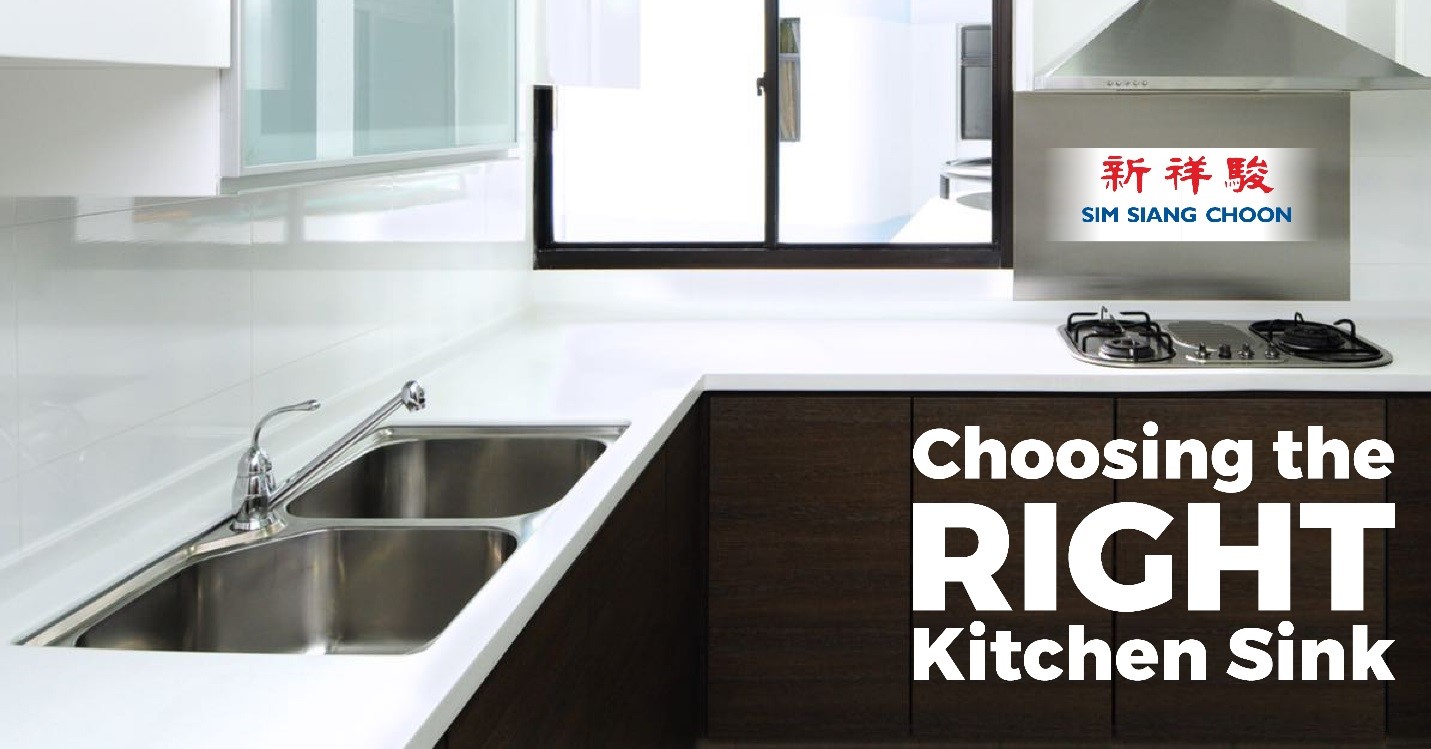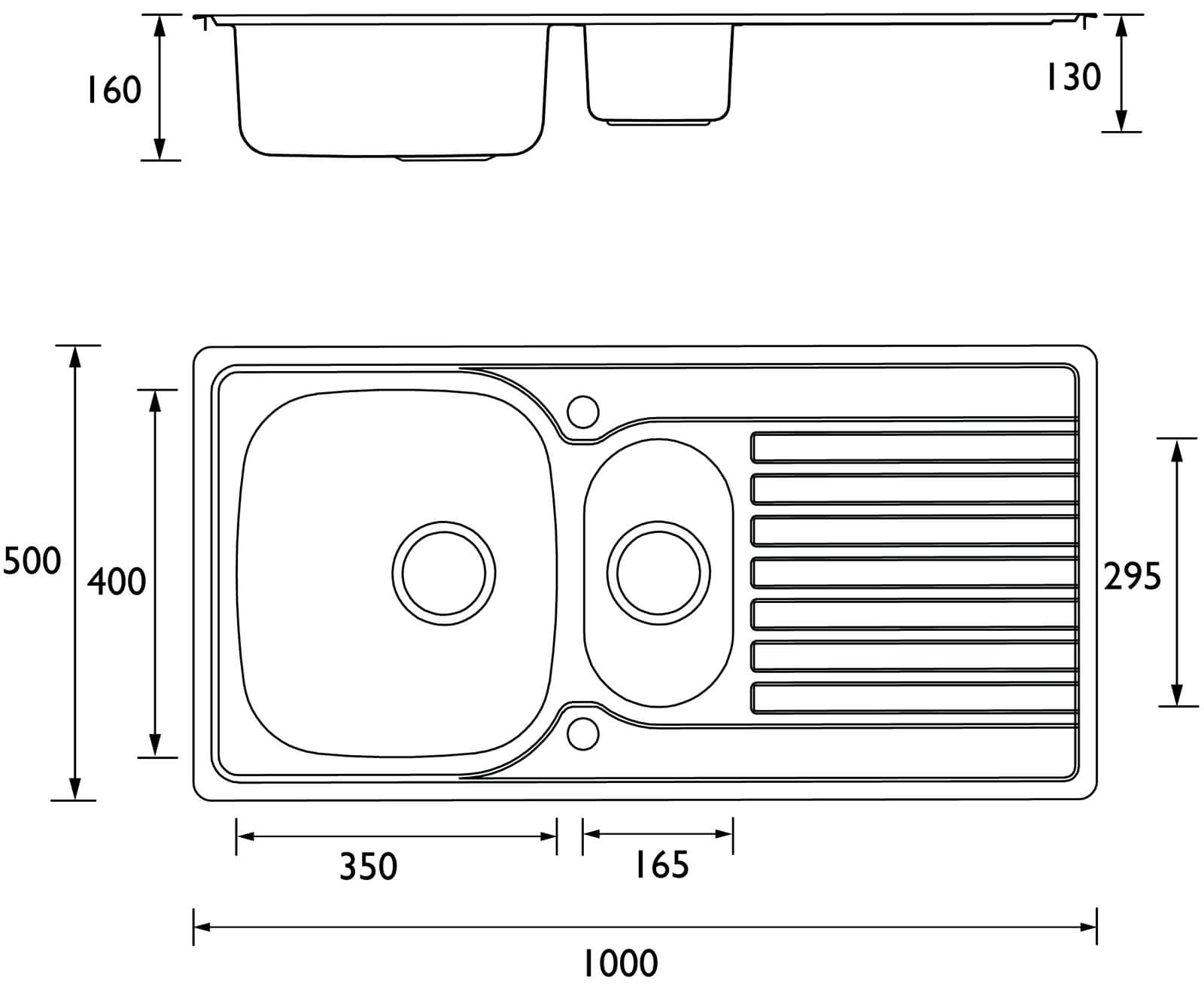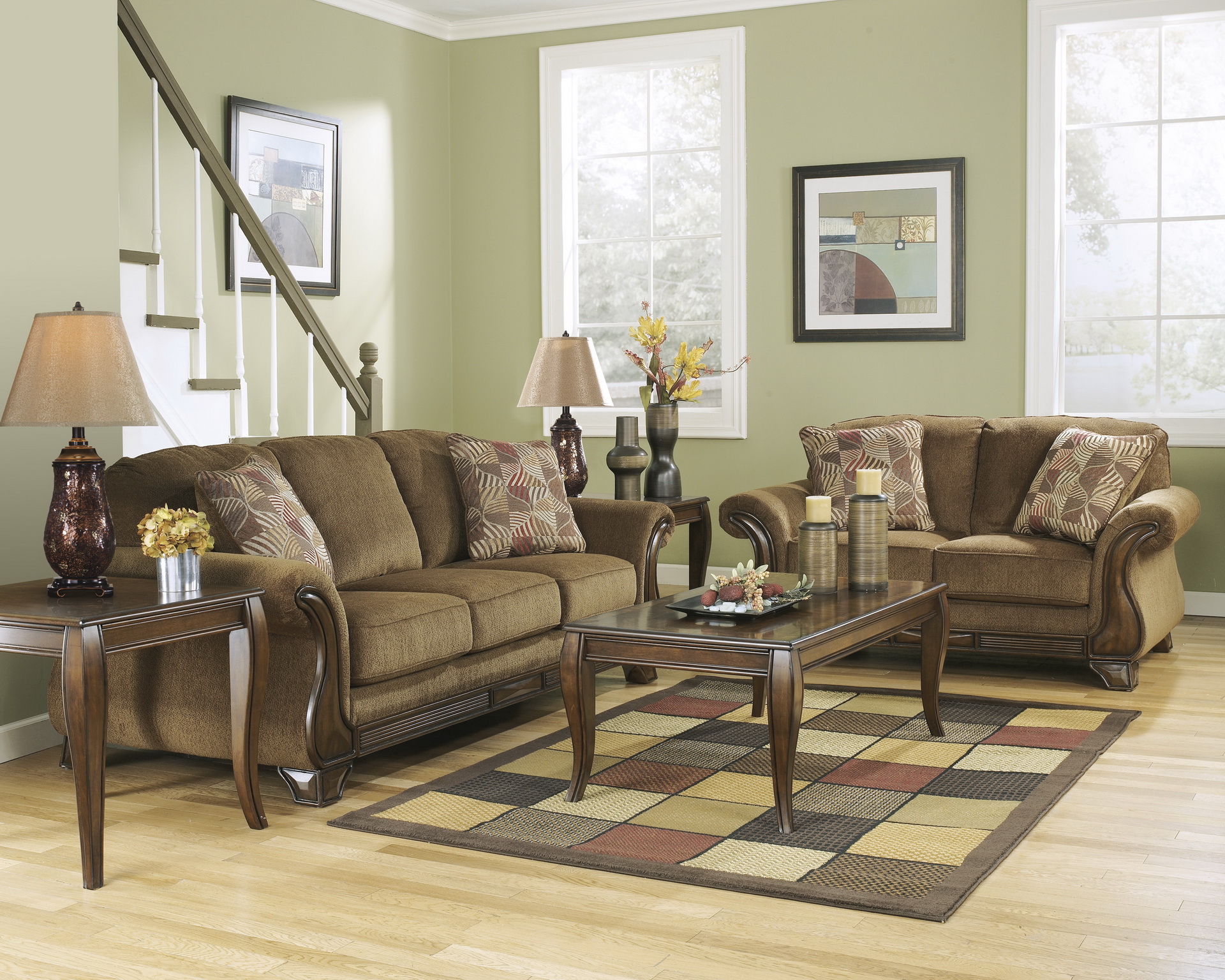When it comes to sizing a kitchen sink, the first thing to consider is the standard sizes available. Most kitchen sinks come in a range of standard sizes, usually measured in inches. The most common sizes for kitchen sinks are 24 inches, 30 inches, 33 inches, and 36 inches. These sizes refer to the width of the sink, with the depth typically ranging from 8 to 10 inches.1. Standard Kitchen Sink Sizes
Before choosing a kitchen sink, it’s important to accurately measure the space where it will be installed. This will ensure that the sink fits properly and doesn’t cause any issues during installation. To measure for a kitchen sink, start by measuring the width and depth of the cabinet where the sink will be placed. Then, allow for at least 2 inches of space around the edges of the sink for installation. Don’t forget to also consider the placement of the faucet and any other accessories you plan on installing.2. How to Measure for a Kitchen Sink
When choosing the right size kitchen sink, it’s important to think about your specific needs and preferences. Consider how much counter space you have and how much space you need for washing dishes. If you have a small kitchen, a smaller sink may be the best option. However, if you have a large family or frequently entertain, a larger sink may be more practical.3. Choosing the Right Size Kitchen Sink
As mentioned, the most common kitchen sink sizes are 24 inches, 30 inches, 33 inches, and 36 inches in width. However, there are also many variations in depth, with the most common being 8 to 10 inches. Some sinks also come in non-standard sizes, such as 27 inches or 32 inches, so it’s important to carefully measure the space before purchasing a sink.4. Common Kitchen Sink Dimensions
When it comes to sizing a kitchen sink, there are a few tips to keep in mind. First, consider the size and shape of the sink basin. A deeper sink may be more practical for washing larger items, while a wider sink may be better for fitting large pots and pans. Additionally, think about how many bowls or compartments you want in your sink and how much counter space you’re willing to sacrifice for the sink size.5. Tips for Sizing a Kitchen Sink
Ultimately, the best kitchen sink size for your space will depend on your individual needs and preferences. If you have a smaller kitchen, a smaller sink may be the best option to maximize counter space. However, if you have a larger kitchen and frequently cook or entertain, a larger sink may be more practical. Consider your daily habits and the size of your kitchen when choosing the best kitchen sink size for your space.6. Best Kitchen Sink Size for Your Space
If you’re unsure of what size kitchen sink to choose, you can always turn to the experts for help. Many kitchen designers or contractors can help you determine the best size for your specific space and needs. You can also consider using a kitchen design software or online calculator to help you visualize the sink size in your space.7. How to Determine the Size of Your Kitchen Sink
For those with smaller kitchens, it’s important to choose a sink size that doesn’t take up too much space. This may mean sacrificing a bit of sink space for more counter space. Consider a single bowl sink with a smaller width, such as 24 inches, to maximize counter space while still having enough room for washing dishes.8. Sizing a Kitchen Sink for a Small Kitchen
If you have a specific vision for your kitchen sink, you may want to consider a custom size. Custom kitchen sinks can be made to fit any size or shape, allowing you to have a sink that perfectly fits your space and needs. Keep in mind that custom sinks may be more expensive and may require longer lead times for production.9. Custom Kitchen Sink Sizes
For those who prefer a double sink, the standard size for each basin is typically 14 inches in width. This makes for a total sink width of 28 inches. However, some double sinks may vary in size, with one basin being slightly larger than the other. Be sure to measure both basins when determining the size of a double kitchen sink.10. Standard Double Kitchen Sink Size
Sizing a Kitchen Sink: Maximizing Function and Aesthetics

Importance of Proper Kitchen Sink Sizing
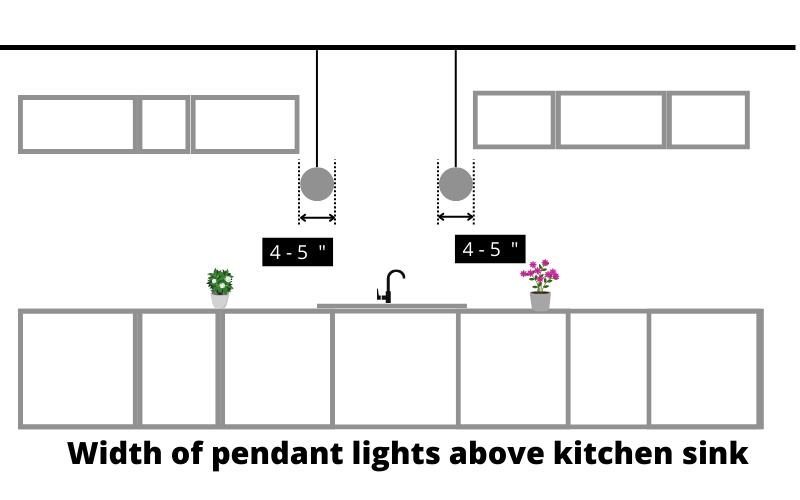 When it comes to designing a kitchen, every detail matters. From the layout to the finishes, each element plays a crucial role in creating a functional and visually appealing space. Among these details, the size of the kitchen sink may seem insignificant, but it can greatly impact the overall design and functionality of the kitchen. Properly sizing a kitchen sink is essential for maximizing its function and aesthetics.
Kitchen Sink Functionality
The size of a kitchen sink directly affects its functionality. A sink that is too small can make daily tasks such as washing dishes and prepping food a hassle, while a sink that is too big can lead to water splashing and wasted space. The ideal size of a kitchen sink depends on the size of the kitchen, the number of people using it, and the intended use. For example, a large family that cooks and entertains frequently may benefit from a bigger sink, while a smaller sink may suffice for a single person or a couple.
Kitchen Sink Aesthetics
Aside from functionality, the size of a kitchen sink also impacts the overall aesthetics of the space. A sink that is too small for the kitchen can look out of place and make the whole area feel unbalanced. On the other hand, a sink that is too big can overpower the rest of the design and make the kitchen feel cramped. The size of the sink should complement the overall style and size of the kitchen. For instance, a large farmhouse sink would be a stunning addition to a spacious country kitchen, while a smaller, sleek sink would be more suitable for a modern, compact kitchen.
Tips for Sizing a Kitchen Sink
To determine the right size for your kitchen sink, consider the following tips:
When it comes to designing a kitchen, every detail matters. From the layout to the finishes, each element plays a crucial role in creating a functional and visually appealing space. Among these details, the size of the kitchen sink may seem insignificant, but it can greatly impact the overall design and functionality of the kitchen. Properly sizing a kitchen sink is essential for maximizing its function and aesthetics.
Kitchen Sink Functionality
The size of a kitchen sink directly affects its functionality. A sink that is too small can make daily tasks such as washing dishes and prepping food a hassle, while a sink that is too big can lead to water splashing and wasted space. The ideal size of a kitchen sink depends on the size of the kitchen, the number of people using it, and the intended use. For example, a large family that cooks and entertains frequently may benefit from a bigger sink, while a smaller sink may suffice for a single person or a couple.
Kitchen Sink Aesthetics
Aside from functionality, the size of a kitchen sink also impacts the overall aesthetics of the space. A sink that is too small for the kitchen can look out of place and make the whole area feel unbalanced. On the other hand, a sink that is too big can overpower the rest of the design and make the kitchen feel cramped. The size of the sink should complement the overall style and size of the kitchen. For instance, a large farmhouse sink would be a stunning addition to a spacious country kitchen, while a smaller, sleek sink would be more suitable for a modern, compact kitchen.
Tips for Sizing a Kitchen Sink
To determine the right size for your kitchen sink, consider the following tips:
- Measure the available space: Take precise measurements of the area where the sink will be installed to ensure it will fit comfortably.
- Consider the number of bowls: Single-bowl sinks are ideal for smaller kitchens, while double-bowl sinks offer more versatility for larger kitchens.
- Think about the depth: Deep sinks can accommodate larger dishes and make cleaning easier, but shallow sinks can save counter space and are more comfortable to use.
- Factor in the faucet: The size and style of the faucet should also be considered when choosing a sink size to ensure they are proportionate.
- Consult a professional: If you are unsure about the right size for your kitchen sink, it is best to consult with a professional designer or contractor.





















